Deja Vu in the World of Pokémon: A Familiar Refrain.
For fans of the popular Pokémon Trading Card Game (PTCG), the latest statement from The Pokémon Company addressing the recurring issue of card shortages might sound eerily familiar. As the relentless demand for coveted cards continues to outstrip supply, the company’s words of reassurance have become a familiar refrain – a repetitive melody that, while soothing, hasn’t quite alleviated the frustrations of collectors and players. In this article, we delve into The Pokémon Company’s response to the TCG shortages, exploring the haunting similarities between their past and present statements, and what this means for the community that has been eagerly waiting for a solution.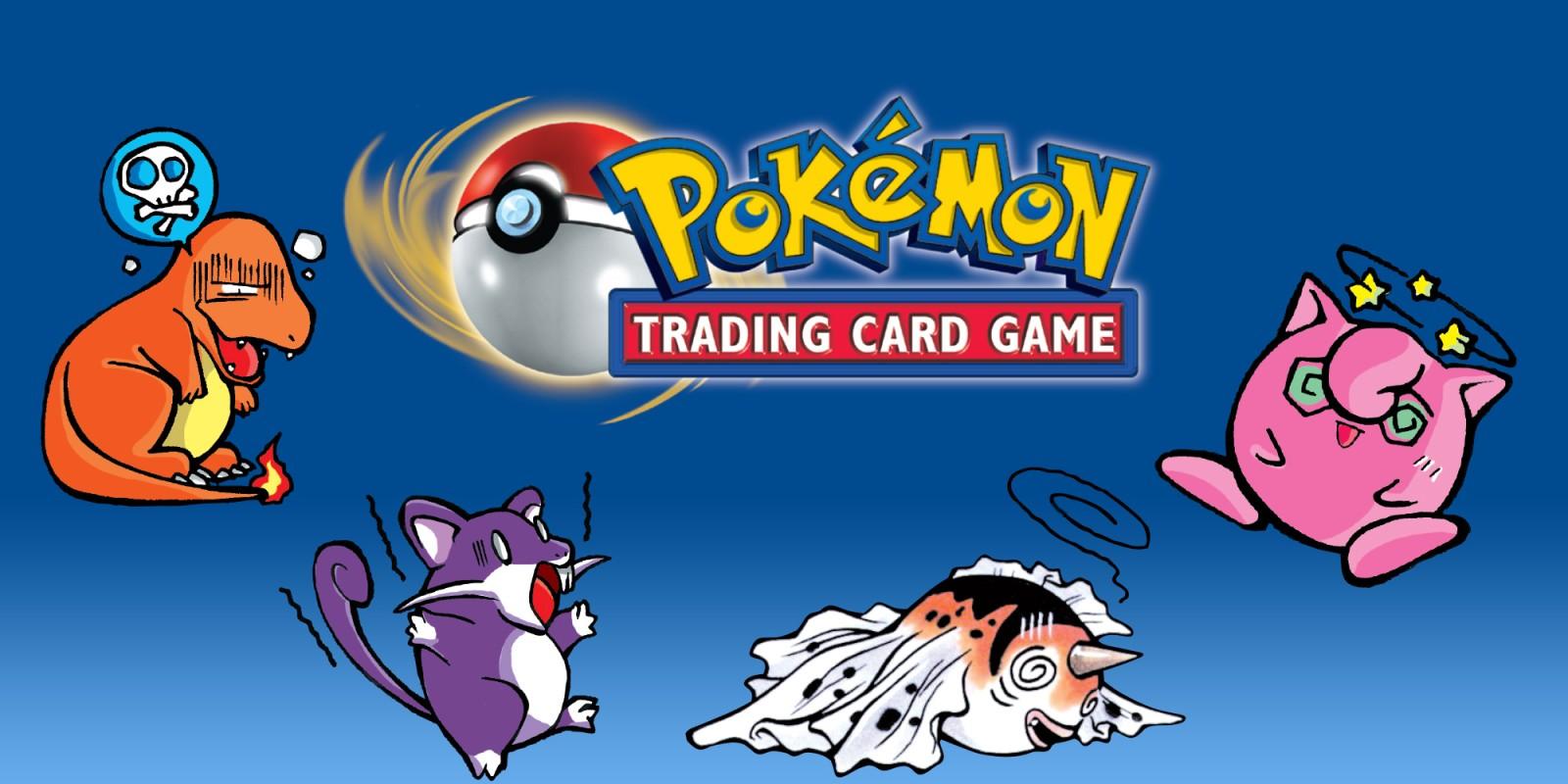
A Familiar Refrain in the World of Pokémon
The Pokémon Company’s recent statement regarding Trading Card Game (TCG) shortages is causing quite a stir among fans. For those who’ve been following the franchise for a while, the words ‘unprecedented demand’ and ‘global shipping disruptions’ might ring a bell. It’s not the first time we’ve heard this explanation from the company. In fact, it’s starting to sound like a familiar song, one that we’ve heard before in 2020 and 2021.
The pattern is unmistakable: a new set releases, cards become scarce, and fans scrambled to get their hands on them. It’s followed by a statement from The Pokémon Company, blaming the shortages on ‘unprecedented demand’ and ‘global shipping disruptions’. But as the issue persists, fans start to wonder – is this really just a case of bad luck, or is there something more to it?
- Card grading issues
- Supply chain disruptions
- Demand spiked by social media
And if so, what steps can the company take to prevent this from happening again in the future?
| Year | Statement Cause | Outcome |
|---|---|---|
| 2020 | Global shipping disruptions | Shortages continued into 2021 |
| 2021 | Card production issues | Supply increased, but demand persisted |
| 2023 | Unprecedented demand | Issue persists |
The table above highlights the recurring theme in The Pokémon Company’s statements, and the fact that these issues persist. It makes us wonder: will the 2023 response bring about meaningful change, or is it just another familiar refrain in the world of Pokémon?
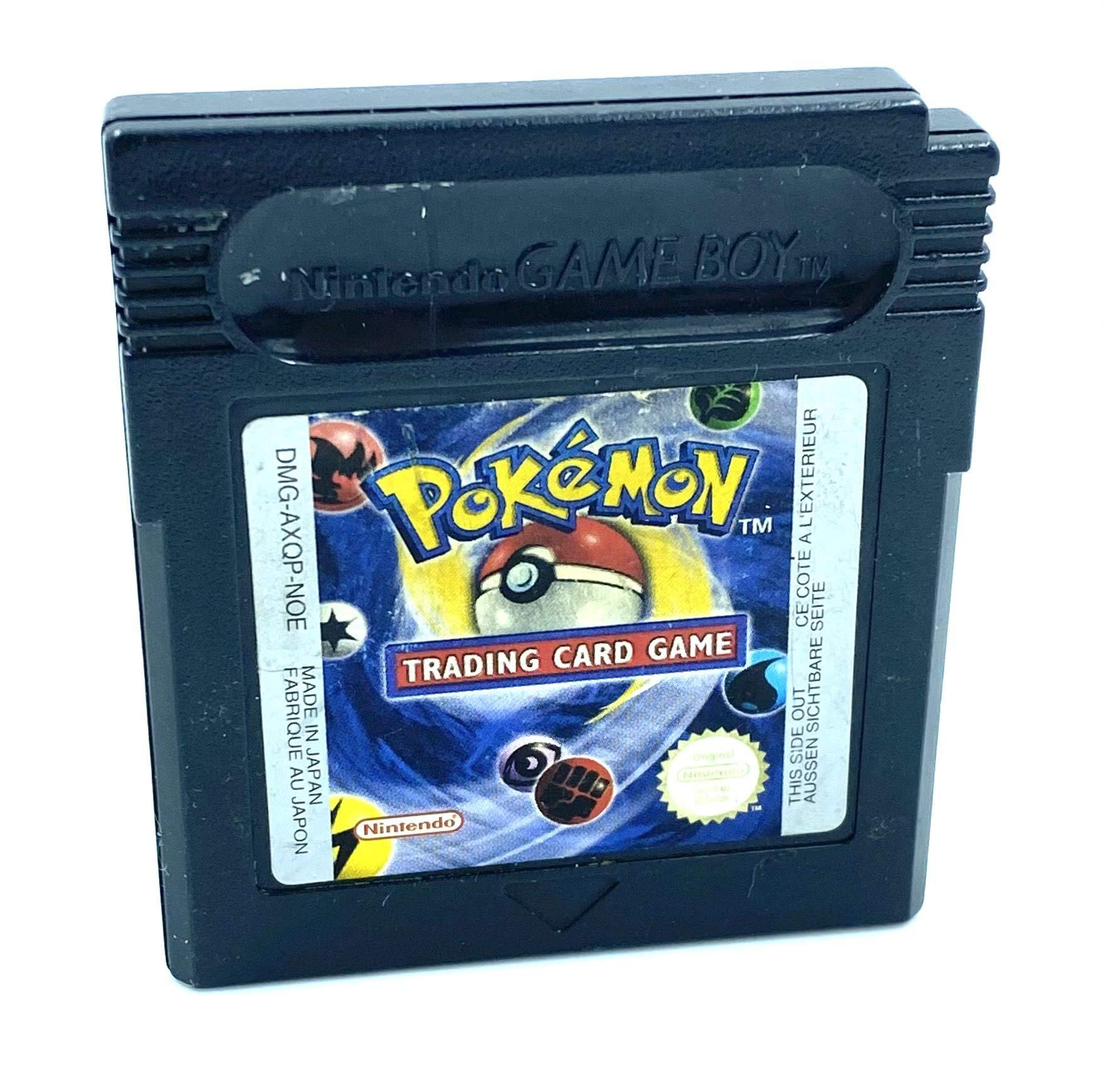
The Pokémon Companys Response to TCG Shortages
The Pokémon Company has finally broken its silence regarding the lingering issues surrounding the Trading Card Game (TCG) shortages. In a recent response, the company acknowledged the difficulties faced by fans and collectors in obtaining certain cards, citing increased demand and supply chain constraints as the primary causes.
Key Points from The Pokémon Company’s Response
• The company is actively working to increase production and meet the high demand for TCG products.
• They are collaborating with retailers to ensure a more efficient allocation of available stock.
• Efforts are being made to prevent resellers from buying up large quantities of cards, thereby limiting the supply available to individual customers.
In an effort to reduce speculation and maintain a fair market, the company is also exploring ways to limit the purchase of TCG products to individual customers.
Recent Production and Distribution Efforts
| Production Area | Notable Actions |
|---|---|
| Increased Production Runs | Boosting the production of popular TCG sets to meet the soaring demand. |
| Distribution Network Optimization | Partnering with retailers to streamline the allocation and delivery of TCG products. |
| Limited Purchase Policies | Implementing restrictions on the quantity of TCG products that can be purchased by individual customers. |
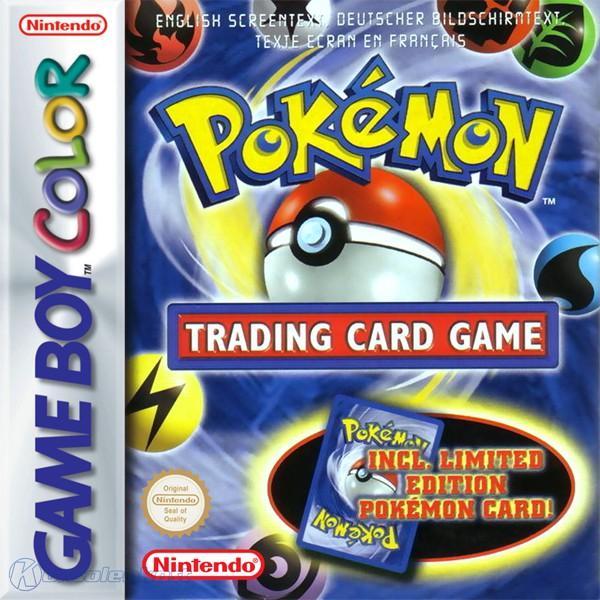
Echoes of the Past
There’s an air of déjà vu surrounding The Pokémon Company’s recent statement addressing the ongoing Trading Card Game (TCG) shortages. A closer look at their words reveals a sense of familiarity, echoing statements from years past. It seems the company is digging into its archives to address the reoccurring issue, repackaging the same sentiments.
As we dive into the particulars of their statement, we notice a few recurring themes that have been addressed in the past:
- Persistence of supply chain issues, despite promises to rectify the situation.
- A commitment to increasing production and distribution – though timelines remain unknown.
- The acknowledgment of increased demand as a contributing factor, and reassurances that the problems are not a result of manufacturing or distribution mishaps.
While this response may provide some reassurance to affected fans, the apparent repeat of past statements raises concerns. Are these promises nothing more than echoes of what could have been, or will they finally address the ongoing issue?
| Year | Issue Addressed |
|---|---|
| 2020 | Supply chain disruptions due to COVID-19. |
| 2021 | Shortages related to Pokémon Scarlett and Violet’s release. |
| 2023 | TCG shortages attributed to “unprecedented demand” and production capacity constraints. |
Fans of the Pokémon TCG eagerly await tangible results, rather than the same familiar phrases of the past.

Supply and Demand in the Trading Card Market
Market Fluctuations and TCG Shortages
The recent statement from The Pokémon Company addressing the trading card game (TCG) shortages has sparked a heated debate among collectors and enthusiasts. The situation raises questions about the fundamental forces driving the market: supply and demand. When demand exceeds supply, manufacturers often struggle to keep up with production, leading to shortages and inflated prices.
Factors Influencing Demand
- Popularity of new sets and expansions: New releases, especially those with unique or highly sought-after cards, can cause a surge in demand.
- Rarity of certain cards: Cards with lower print runs or those that are harder to obtain can become highly prized among collectors, driving up demand.
- Influence of social media and online communities: The rise of social media and online forums has made it easier for collectors to connect, share information, and drive interest in specific cards or sets.
| TCG Shortage Factors | Potential Consequences |
|---|---|
| Materials shortages or supply chain disruptions | Production delays or increased production costs |
| Unpredictable demand or sales trends | Manufacturers may struggle to adjust production levels, leading to stockouts or overstocking |
The Pokémon Company’s statement has sparked a wider discussion about the intersection of , and how manufacturers can balance the two to meet the needs of their audience.
A Blame Game with No Clear Solution
The ongoing issues with the Pokémon Trading Card Game’s availability have led to a stalemate, with the company’s latest statement deferring responsibility and leaving fans without a clear direction. The situation is beginning to echo the usual cycle of finger-pointing, with manufacturers, distributors, and retailers all pointing at each other, while customers are left dealing with the consequences.
Explanations vs. Solutions
| Publisher’s Perspective | The Pokémon Company international releases, production challenges |
| Distributor’s Standpoint | Supply chain hurdles, shipping logistics |
| Retailer’s View | Storage limitations, demand vs. supply balance |
| Consumer’s Plea | Simple, timely access to products |
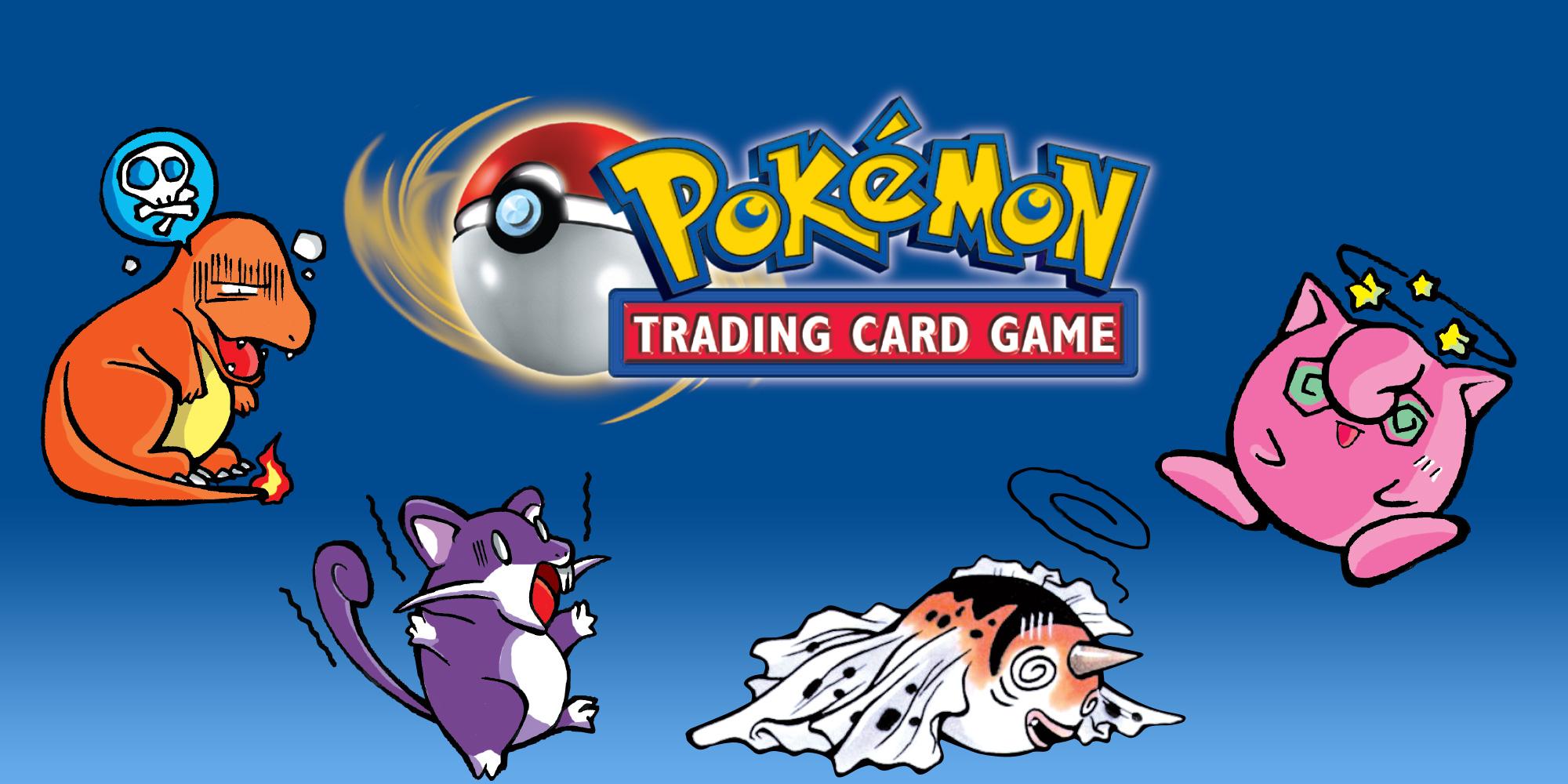
Nostalgia Versus Reality in the TCG Shortage Debate
When it comes to the Pokémon Trading Card Game (TCG) shortage debate, it’s natural to feel a pang of nostalgia for the good old days when pulling a rare card was an exciting surprise rather than a pipe dream.
On the flip side, however, reality reminds us that the hobby has evolved, and many factors contribute to the current shortage. To break down this multifaceted issue, let’s take a look at some key points:
- The rise of new players and collectors: More people are discovering the joy of collecting and trading cards, leading to an unprecedented surge in demand.
- Market trends and speculation: The resurgence of Pokémon’s popularity has created a perfect storm of hype, speculation, and high expectations.
- Supply chain constraints and production costs: As with many industries, the production of the Pokémon TCG is not immune to supply chain disruptions and increasing production costs.
- Fluctuating trends and shifting formats: The ever-changing landscape of the TCG scene means that sets are constantly being rotated in and out, making some cards harder to find.
These points give you an idea of some of the key factors at play. The TCG market is not the same as it was ten years ago; online marketplaces, new distribution channels, and shifting trends have created a rapidly evolving landscape.
| Evolution of Supply and Demand | Yesterday | Today |
|---|---|---|
| Available channels | Local card shops, some online retailers | Online marketplaces, social media, streaming platforms |
| Community reach | Local communities, conventions | Global communities, social media, online forums |
In today’s digital age, information spreads quickly, and decisions by major players like The Pokémon Company have the potential to ripple through the community in no time.
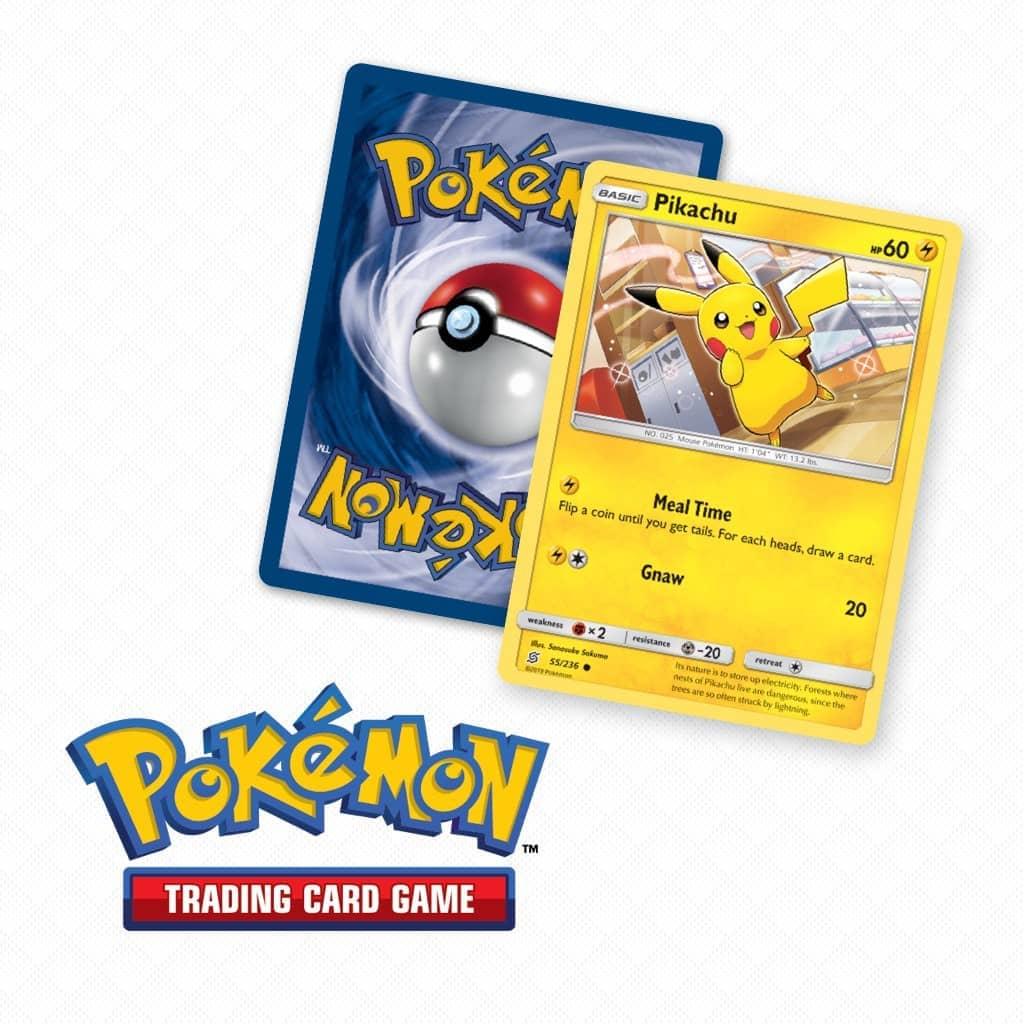
Acknowledging the Role of Player Demand
The correlation between player demand and the Pokémon Trading Card Game (TCG) shortages has been a subject of intrigue among enthusiasts. While it’s easy to focus on the role of the publisher, it’s essential to consider the influence of consumer behavior on the market. With an ever-growing fan base, driven by the resurgence of interest in tabletop gaming and the nostalgia of the Pokémon brand, the cards have become more desirable than ever.
Player demand has been booming in recent years, particularly during the pandemic, with more people turning to tabletop gaming as a form of entertainment. This surge in interest has not only driven up the demand for rare cards but also accelerated the growth of online marketplaces and secondary sales. It’s crucial to acknowledge this shift in consumer behavior, as it significantly impacts the supply and demand dynamics of the TCG market.
| Cards | Pre-Pandemic Value (USD) | Current Value (USD) |
|---|---|---|
| First Edition Charizard | $250,000+ | $500,000+ |
| Pikachu Illustrator | $10,000+ | $100,000+ |
Key factors contributing to this phenomenon include:
* Online marketplaces’ influence on secondary sales and pricing.
* Growing communities of collectors, traders, and enthusiasts driving interest in the TCG.
* Role of social media in fueling the demand and visibility of rare cards.
* Increased investment in rare and limited-edition cards as a form of collectible investment.
Missed Opportunities for Innovation and Growth
A closer glance at the current state of affairs in the Pokémon Trading Card Game universe reveals a host of unexplored avenues that could have potentially countered the shortage and propelled the franchise forward. The ability to harness digital innovation, as seen in other entertainment domains, seems to have been an underutilized vehicle in the pursuit of curbing TCG availability issues. Enhanced tech for card sleeve production and QR-based verification systems for authentication may provide tangible avenues to revitalize product accessibility and reduce counterfeiting.
The inability to translate global popularity into efficiently coordinated distribution networks also accounts for part of the prevalent shortages. With surges in interest driven largely by social media trends and the inter-generational draw of the iconic franchise, there are systemic avenues to capitalize upon in bolstering both production logistics and product accessibility, thus reaching previously unexplored segments of the global market and appealing to a broader audience.
- Adopting cutting-edge card production and verification technology
- QR-based authentication systems
- Partnerships with digital wallet providers for seamless payment integration
| Year | Reported Sales (Millions of USD) | Potential Untapped Markets |
|---|---|---|
| 2019 | 10.01 | Europe, Latin America |
| 2020 | 11.43 | South Asia, AFrica |
| 2021 | 14.21 | Russia, Asia-Pacific except Japan |
Finding New Ways to Meet Player Needs
The Pokémon Company’s recent message on TCG (Trading Card Game) shortages mirrors the same sentiment expressed by other popular collectible card game manufacturers – acknowledging the issue, apologizing, and promising to do better. In the meantime, players are still left searching for ways to meet their TCG needs. One potential solution is exploring alternative, player-driven marketplaces. These online platforms allow players to connect with one another, exchanging cards without the need for intermediaries. Some notable examples include:
- Discord servers dedicated to TCG trading
- Specialized social media groups focused on buying and selling TCG cards
- Online forums where players can facilitates trades and sales
In addition to seeking out alternative marketplaces, players are also revisiting traditional methods of expanding their collections. These include:
| Attending Local Card Shops and Tournaments | Offering a chance to connect with fellow players and engage in in-store events and tournaments |
| Cards Swap Meets and Trade Shows | Providing an opportunity to trade cards with other players and vendors in person |
| Subscription Services and Loot Boxes | Guaranteeing a steady stream of new, random cards each month |
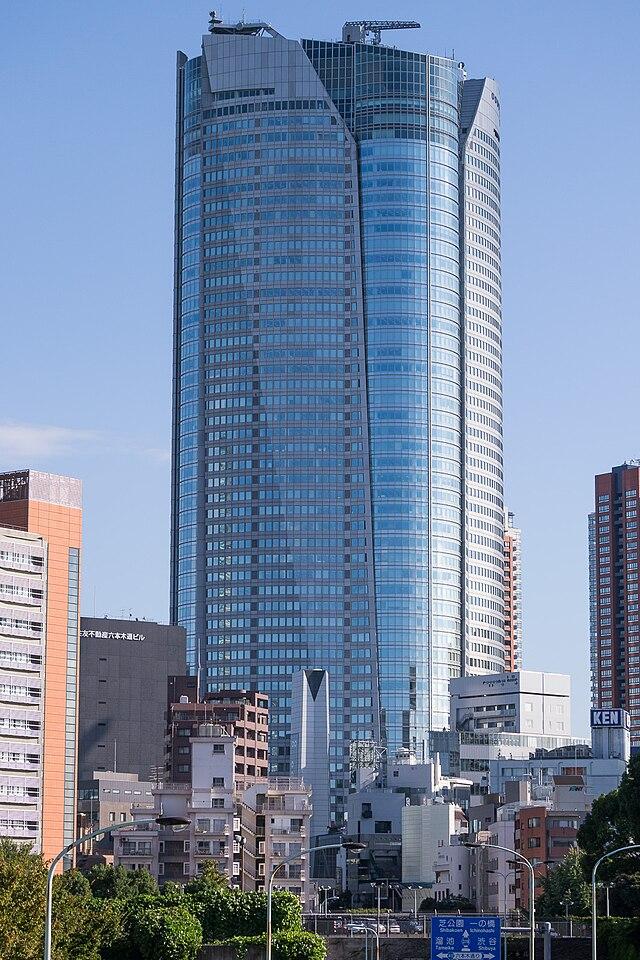
A Shift in Priorities for The Pokémon Company
The statement released by The Pokémon Company regarding the recent TCG shortages might remind fans of similar situations in the past. While some may view this as a sign of the company’s inability to learn from its mistakes, it could also be seen as an opportunity for growth and a shift in priorities. As the popularity of the Pokémon franchise continues to soar, The Pokémon Company must adapt and evolve to meet the changing demands of its fans.
In an effort to address the shortage, The Pokémon Company has listed several initiatives aimed at increasing production and improving supply chain efficiency. While these efforts are commendable, they also raise questions about the company’s priorities and what drove the shortage in the first place.
| Key Changes | Potential Impact |
|---|---|
| Increased Production | Meet demand, reduce wait times |
| Supply Chain Improvements | Ensure timely arrival of stock |
| Additional Shipping Methods | Expand global accessibility |
The following are currently being considered in an effort to streamline supply chain processes:
* Improved forecasting and planning
* Diversified shipping options
* Increased communication with suppliers
The question remains, however: what will it take for The Pokémon Company to put these plans into action, and how long will fans have to wait to see tangible results? As the company continues to navigate these challenges, one thing is clear: something has to change.
The Future of the Pokémon Trading Card Game
As the Pokémon Trading Card Game continues to evolve, it’s clear that digital integration is the way forward. While traditional trading cards will always have a place in the hearts of collectors, the Pokémon Company’s acknowledgment of a more expansive, inclusive model signals a shift in strategy. Key trends to watch in the future of the Pokémon TCG include:
- An emphasis on sustainability, reducing waste and environmental impact.
- Greater diversity and representation in card art and set design.
- Community-driven initiatives, engaging fans and encouraging feedback.
- Crossover collaborations, integrating Pokémon with other popular franchises.
Looking to , it’s clear that innovation and adaptability are key. While some fans may be nostalgic for the days of traditional trading, the Pokémon Company’s willingness to evolve and experiment bodes well for the longevity of the game. Pokémon TCG: Future Formats, a concept born from fan feedback, aims to reshape the format, focusing on flexibility, accessibility, and enjoyment. WordPress table follows.
| Format Name | Description |
| Legacy Format | Traditional competitive play with a wide range of available sets. |
| Standard Format | Modern competitive play with a rotating set pool, ensuring freshness and balance. |
| Extended Format | A hybrid format, blending elements of Legacy and Standard for a unique experience. |
To Conclude
As the card decks continue to dwindle and the demand for Pokémon Trading Cards shows no signs of fading, one thing is clear: the game is afoot. The Pokémon Company’s latest statement on the TCG shortages has sparked a sense of déjà vu, leaving many fans to wonder if history is about to repeat itself. As we wait with bated breath to see how this latest chapter unfolds, one thing is for certain – the world of Pokémon is as unpredictable as a rare card pull. Will the company find a way to refill the shelves and satisfy the hungry masses, or will the shortages leave players feeling like they’ve been left with a pack of worthless Commons? Only time will tell.









